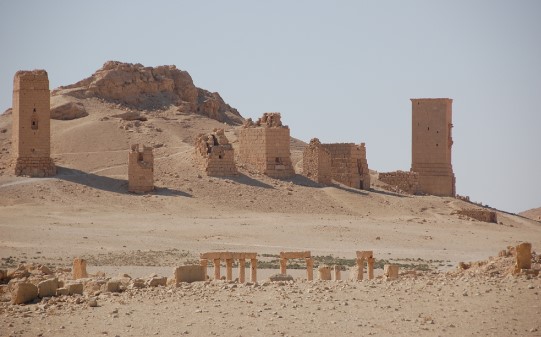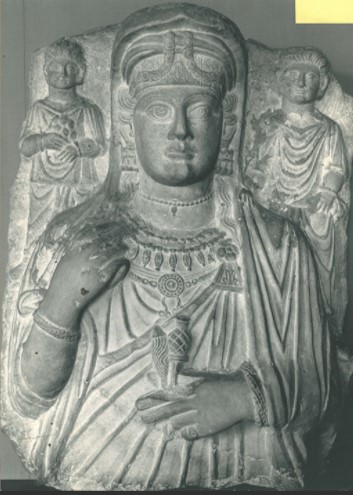Three hundred years of Palmyrene history. Unlocking archaeological data for studying past societal transformations
New publication in the multidisciplinary science journal PLOS ONE by Professor Rubina Raja, Assistant professor Olympia Bobou and Postdoc Iza Romanowska. The study underlines the importance of social science baseline projects in the archaeological study of the human past.


Raja R., Bobou O. & Romanowska I. (2021). ‘Three hundred years of Palmyrene history. Unlocking archaeological data for studying past societal transformations’, PLoS ONE 16.11: e0256081. https://doi.org/10.1371/journal.pone.0256081
The study of past societies is a difficult task. One of the challenges is to situate incomplete data as precisely as possible within a wider cultural historical framework. In a new study in PLOS ONE, the authors argue that it is crucial for archaeologists and historians to undertake methodological baseline studies based on large evidence samples in order to undertake broader theoretical studies. To exemplify, the authors have analysed 300 years of chronological developments in funerary portraiture from the ancient oasis city of Palmyra (Syria). The Palmyrene funerary portraits constitute the largest body of material evidence depicting deceased people stemming from the ancient world outside Rome. A corpus of almost 4000 portraits has been collected, dated and contextualised by the Palmyra Portrait Project, funded by the Carlsberg Foundation between 2012-2020. The results of the analysis contribute significantly to the discussions of historical events in the Near East.
Production fluctuations in a historical context
Based on the analysis of chronological developments it was possible to trace the flows and fluctuations in the portrait production. The various phases of production intensity was tied into the overall archaeological and historical development of Palmyra known from epigraphic and later written sources. For example, the identified drops in production connected to the unstable periods around the Antonine Plague (c. AD 160) and the Parthian invasion of Dura-Europos (in AD 239) seem to have had a more profound impact than previously assumed. The modelling of the funerary portraits hence gives direct insight into the economic and societal patterns within the Palmyrene elite and shows how archaeological material can be seen against the backdrop of historical events.
The importance of social science baseline projects
The research undertaken within the framework of the Palmyra Portrait Project was done in hitherto unseen detail and according to the idea of full-quantification studies (pulling together all known material of the Palmyrene portraiture). This diligent work highlights the potential of social science base line projects and calls for further analyses of large archaeological and art-historical datasets in order to better understand past societal complexities and the different trajectories of the human past.
“As we have demonstrated in the new study, humanities and social science baseline projects in the study of the human past can contribute not only to our understanding of a local society, but also on a much broader scale. As such, the Palmyra Portrait Project has been a great example of how to conduct basic research within the humanities”, says co-author Rubina Raja.
The Palmyra Portrait Project
The Palmyra Portrait Project was directed by Rubina Raja and funded by the Carlsberg Foundation from 2012-2020. During this time, the project collected a corpus of about 4000 portraits of men, women and children of the city’s elite, which will be published in 2022. The Palmyra Portrait Project has overall changed our knowledge about innovation and tradition – both in Palmyra and in Antiquity in general. It has contributed to new knowledge about production economy, social status, gender balance in society, and demography.
Find more information about the Palmyra Portrait Project here.
